

Dear readers,
The Ocean Globe Race has just been running for a few days, and already a seriously injured participant was rescued by helicopter on the North Atlantic at great expense. Fortunately, it went well thanks to the professionalism of everyone involved. Best wishes for a speedy recovery to the injured Stéphane Raguenes and all the best to the crew for the rest of the retro team regatta around the world. We can only hope that there will be no further accidents, breakages and possibly disasters.
The Golden Globe Race 2022/23, another retro race, but for soloists, only ended in spring, which Kirsten Neuschäfer spectacularly won. An incredible feat on a 36-foot long keeler without any electronic aids to navigation. As the authorised cruising yachts, which had to have been built before 1988, buck around the world correspondingly slowly, they are also barely able to avoid an approaching storm. What comes, comes.
The storm-related disasters during the two retro regattas held so far have been correspondingly dramatic. Six demastings in the most remote parts of the world are proof of the dangers of these races. In addition, there have been other accidents due to physical and mental exhaustion, which would probably not have happened with modern autopilots. So far, everything has turned out well.
But why do without the technical achievements just to sail the world's oceans like 50 years ago? After all, you are not only endangering yourself, but also provoking expensive rescue manoeuvres and possibly even putting the rescuers in danger. Even if the comparison is admittedly somewhat misleading, nobody in Formula 1 would think of organising a retro version using only the technical possibilities of the 1970s. In terms of driver safety, there is a world of difference between then and now.
Speed is always fascinating, especially when it is captured in stunning images by on-board reporters and shared with the sailing world virtually in real time, as is the case with the Vendée Globe. The videos take the viewer into an exciting world, which for 99.9 per cent of all sailing enthusiasts is as far away as a trip to the moon. After all, it takes tens of millions of euros to develop and build a new Imoca. Only the best and most renowned offshore sailors, who can also market themselves well, are even considered for such a campaign.
However, the former supreme discipline of navigation on the high seas and the assessment of wind and weather are increasingly receding into the background. Instead, solo skippers and navigators sit in a futuristic command centre while the computer makes suggestions for optimal weather routing based on the boat's specific performance data. On the other hand, the deck work with the giant sails is hard physical labour and the deafening noise level below deck is constant mental stress.
No wonder, however, that the finishes of modern Imocas are extremely close despite the mammoth distances - provided the fragile high-performance machines do not have to contend with breakage. In the end, either the boat with a little bit of luck or the one with the biggest budget or the most innovative design wins.
The retro regattas are different, where all electronic aids are deliberately dispensed with. You navigate with a sextant, and the course is set according to feeling, old knowledge or the current weather situation. If you're unlucky, you're either stuck in the doldrums for weeks or have to run off the top and rigging for days in front of a monster storm. In an emergency, of course, you can still fall back on modern means of communication, but then the race is already over anyway.
The costs for the authorised, relatively old boats are manageable in comparison and can be afforded by many skippers or teams without sponsors in case of doubt. To take part in the Ocean Globe Race, for example, each team member on the South African ship, a Swan 53, pays 60,000 to 70,000 euros. The boat has no sponsors, so all participants have to contribute to the refit and cover all costs for clothing, travel and equipment themselves. Still a lot of money, but in return the participants are offered an unrivalled adventure on the world's oceans for eight months. And they don't have to be sailing professionals to do so.
For me, retro regattas are the epitome of longing and adventure. And a return to what sailing is really about: facing the elements of nature with limited means. A kind of flashback to a time that seemed less technology-driven and computerised and is more reminiscent of Huckleberry Finn than science fiction. As a viewer, I can identify better with this, because the amateur adventurers are supposedly sailing at eye level and at least allow me to get carried away with my own reveries.
And they deliver great stories: South African Kirsten Neuschäfer was the first woman to win a regatta around the world after eight long months alone at sea. She also rescued the Finn Tapio Lehtinen after his boat ran aground in the Indian Ocean in a very short space of time. The Indian Abhilash Tomy was seriously injured during the first edition of the OGR and was rescued in highly dramatic circumstances, only to start again four years later. This was followed by a nerve-wracking duel with Neuschäfer for victory. And let's not forget the Frenchman Jean-Luc van den Heede, who won the first GGR 2018/19 at the age of 73 - seamanship par excellence!
Morten Strauch,
YACHT editor
Newsletter: YACHT-Woche
Der Yacht Newsletter fasst die wichtigsten Themen der Woche zusammen, alle Top-Themen kompakt und direkt in deiner Mail-Box. Einfach anmelden:
Click to see through
The week in pictures:
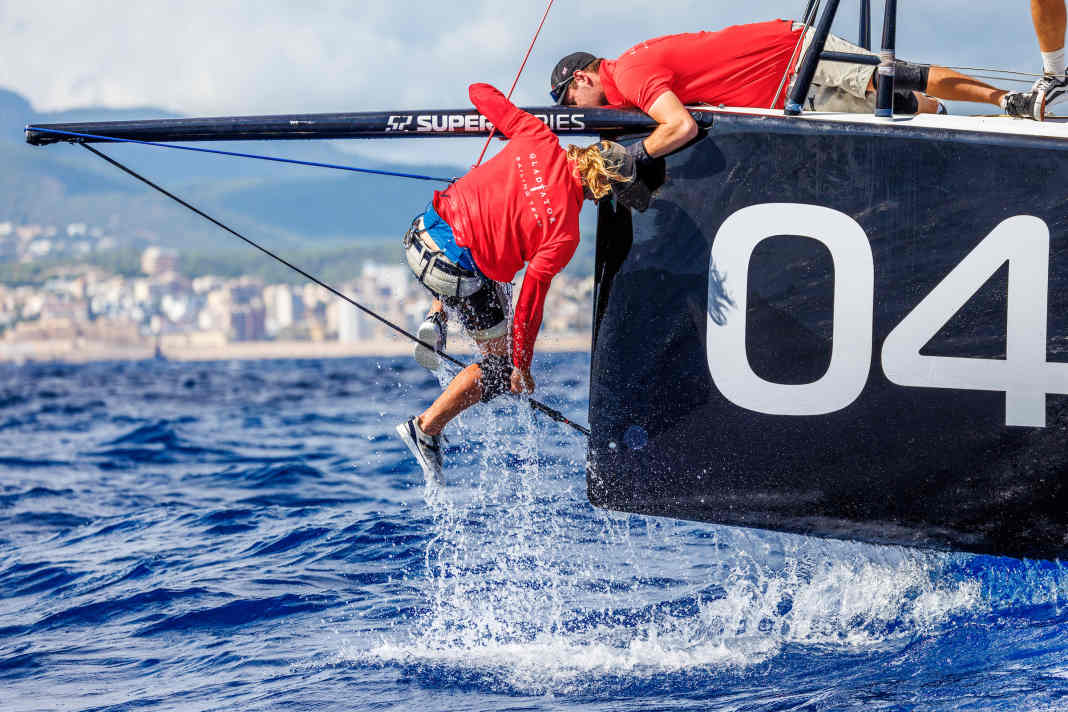





Recommended reading from the editorial team:

Pure Yachts
First aluminium deck saloon yacht from young Kiel shipyard

The Pure 42 floats. The boat and shipyard have completed their first test run and are now facing off against the competition in Barcelona for the European Yacht of the Year award.
YACHT readers' trip
On the "Sea Cloud II" 900 nautical miles through the Caribbean
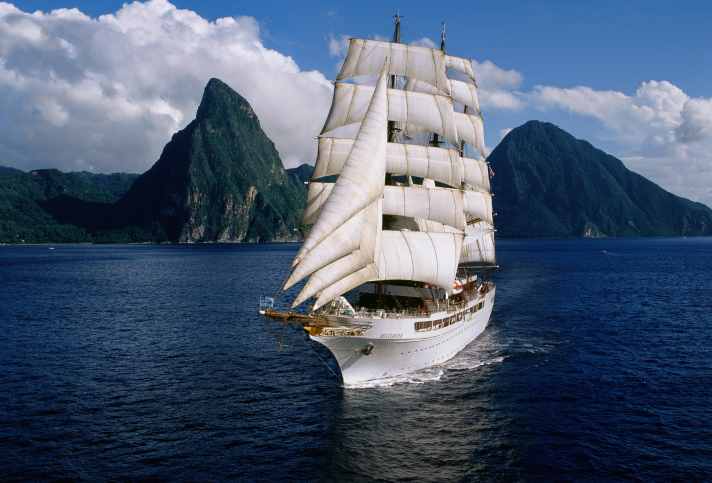
The multifaceted YACHT readers' trip through the Caribbean dream destination starts on 6 March and takes us through one of the most beautiful sailing areas in the world in ten days.
Global Exp 68
First pictures of the Brazilian aluminium explorer
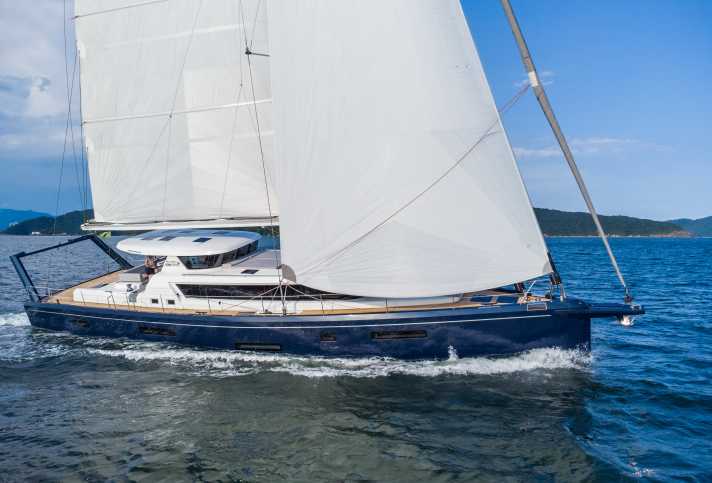
Attention blue water sailors with a penchant for challenging routes: With the Global Explorer 68, MCP presents a robust motorsailer for worldwide cruising!
Ocean Race Europe
Knierim boss provides insights into Holcim repairs
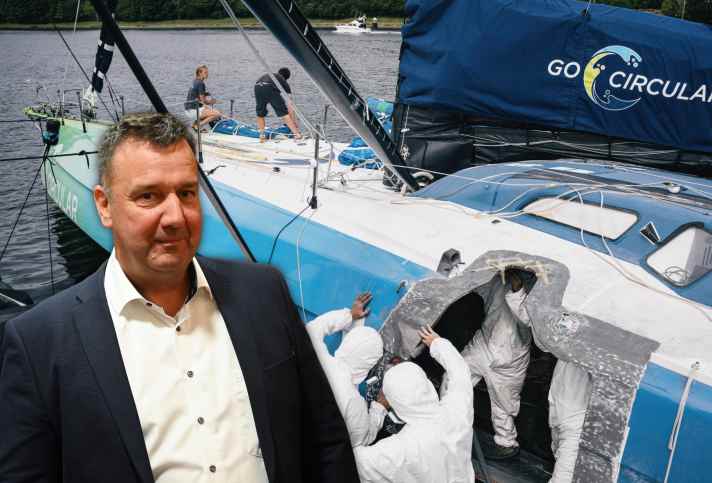
The Holcim and Mapei crash ended with a happy ending thanks to a record-breaking repair at the Knierim shipyard. Shipyard boss Steffen Müller gave exclusive insights
Mast loss
Self-rescue in the middle of the Pacific
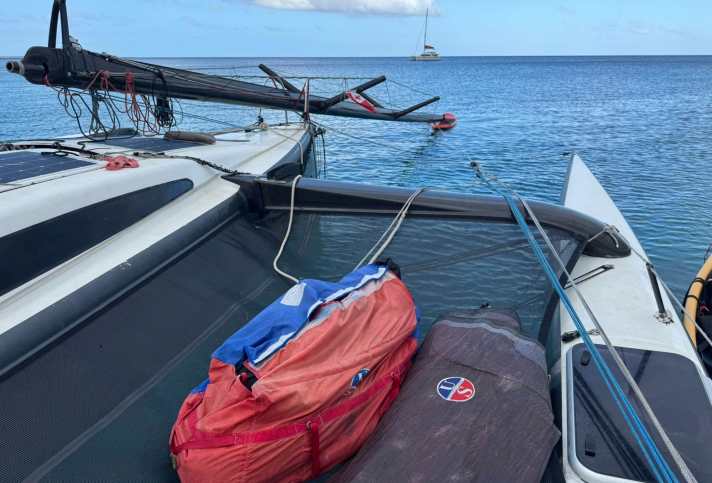
15 nm off the Pacific archipelago of Haʻapai (Tonga), the carbon mast of the trimaran "Black Marlin" falls. Help is not in sight - Jan Andersen and Annette have to find a solution on board.
Hallberg-Rassy
First photos of the new HR 370 with aft cockpit

The renowned Swedish shipyard is once again focussing on more compact sizes and is expanding its range in the conventional model segment.
Hanse 360 ST
The upgrade for Hanse's bestseller in the YACHT test
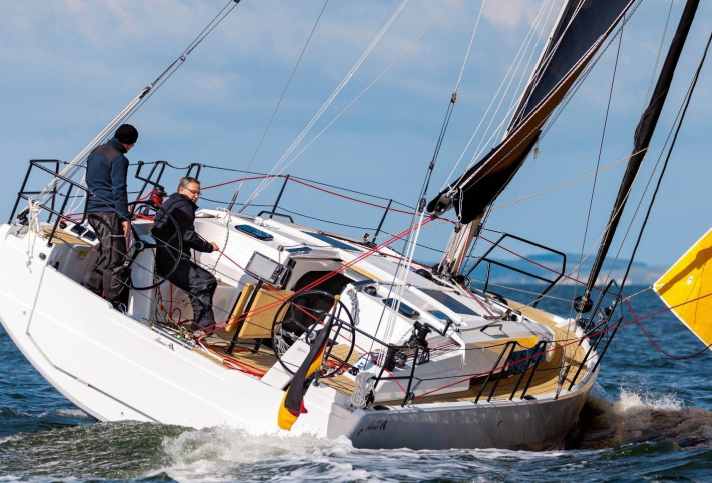
With extended fittings, a new keel and rudder and more sail area, the Hanse 360 ST is designed to provide more sailing pleasure
Kiel Canal
Chamber fibrillation in Brunsbüttel
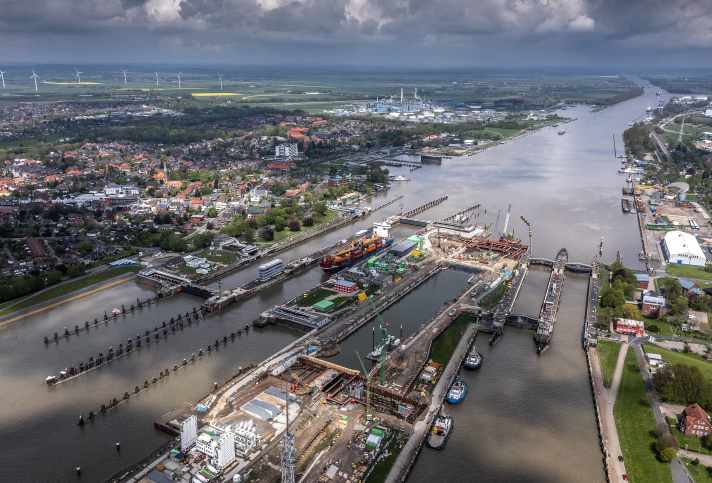
A technical defect caused restricted shipping traffic at the locks in Brunsbüttel on Monday evening. There were brief bottlenecks on the Kiel Canal.
In distress at sea
Fatal boating accident on Lake Constance

A serious accident between a motorboat and a sailing boat on the Austrian part of Lake Constance ended fatally on 11 October 2025. A German sailor was so seriously injured in the collision that she died despite immediate rescue measures. The police are investigating the cause of the accident.
In distress
Orcas sink sailing boat off Portugal - family rescued
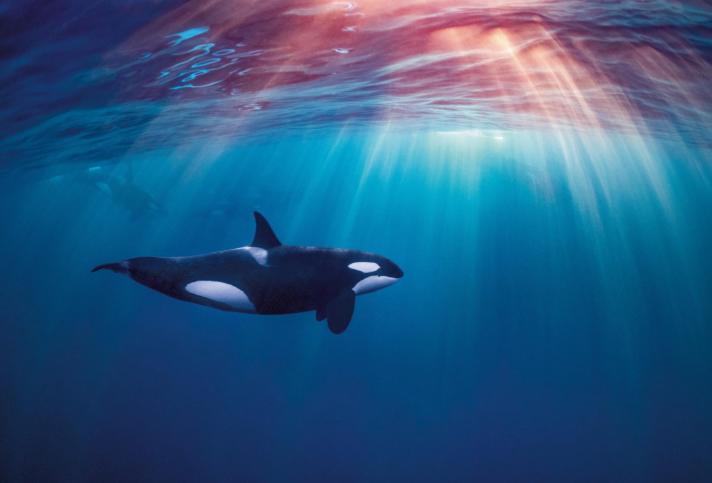
Orcas cause a sailing boat carrying a family to sink off the Portuguese coast. Rescue workers were able to rescue the occupants unharmed.
Newsletter: YACHT-Woche
Der Yacht Newsletter fasst die wichtigsten Themen der Woche zusammen, alle Top-Themen kompakt und direkt in deiner Mail-Box. Einfach anmelden:

